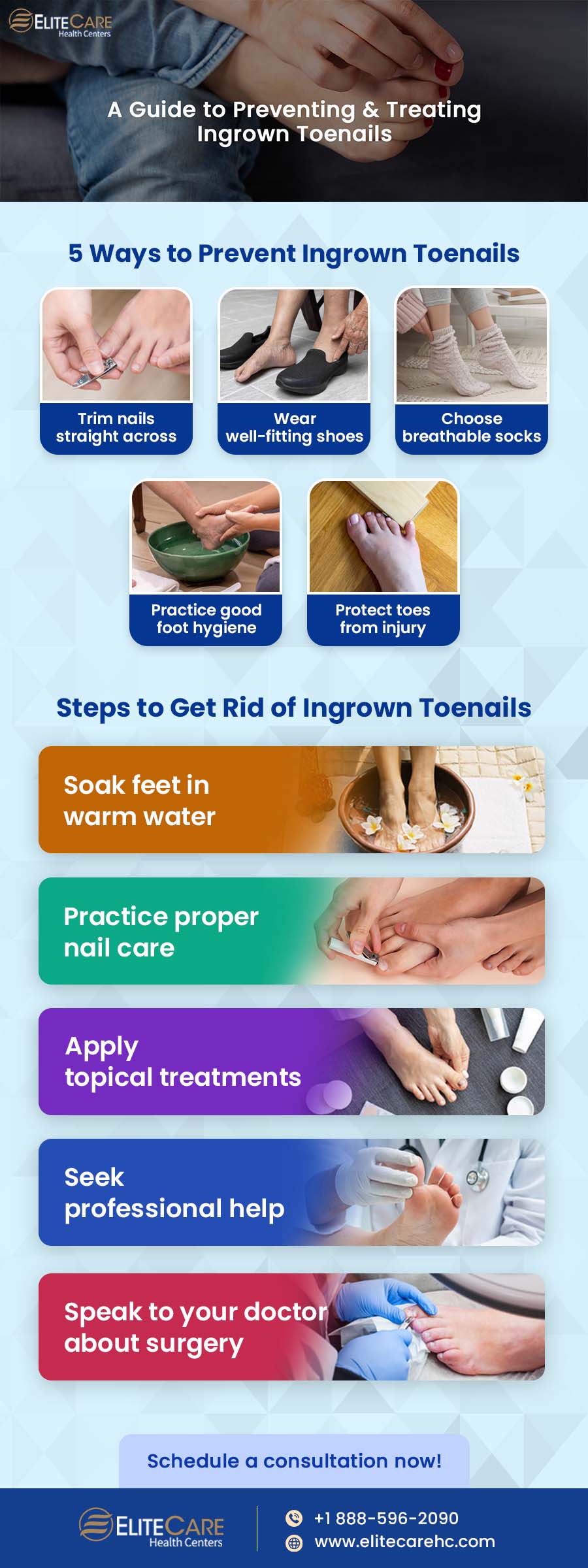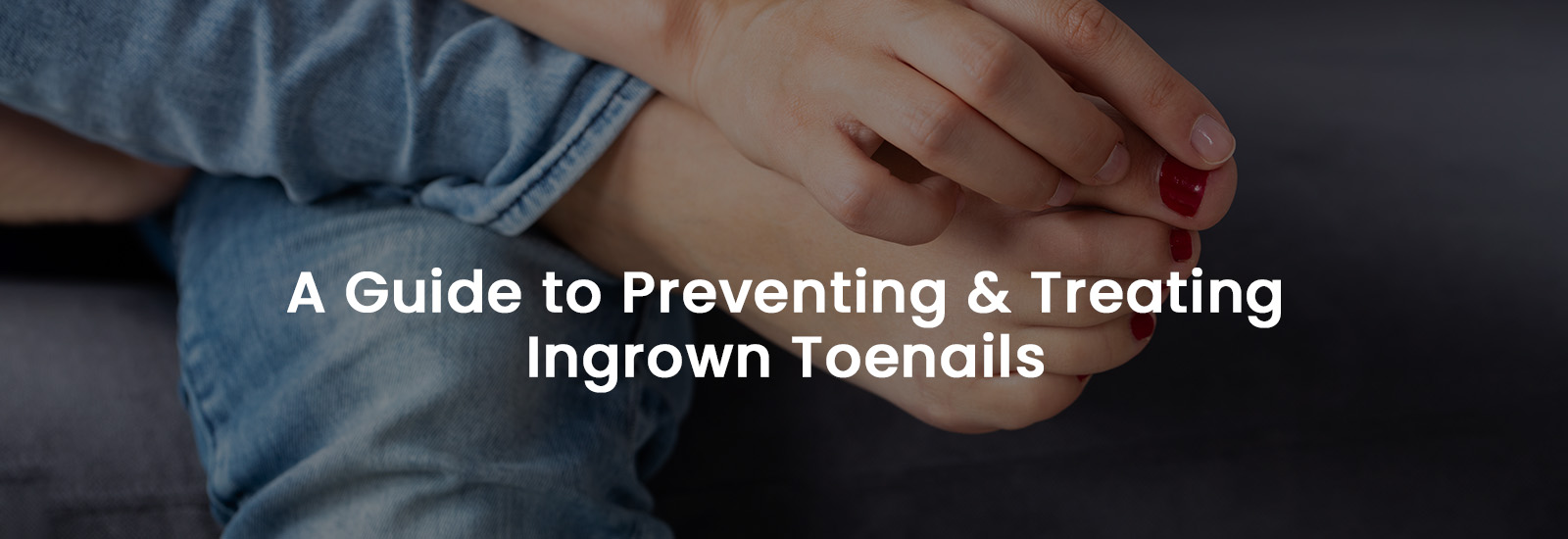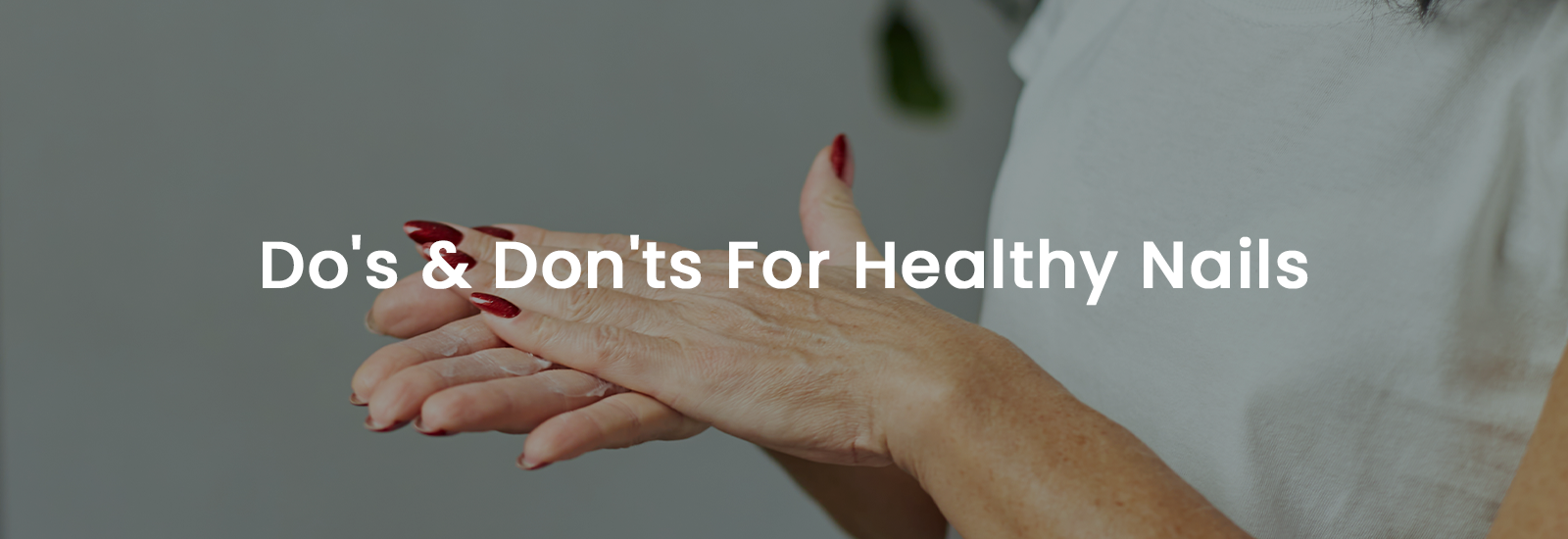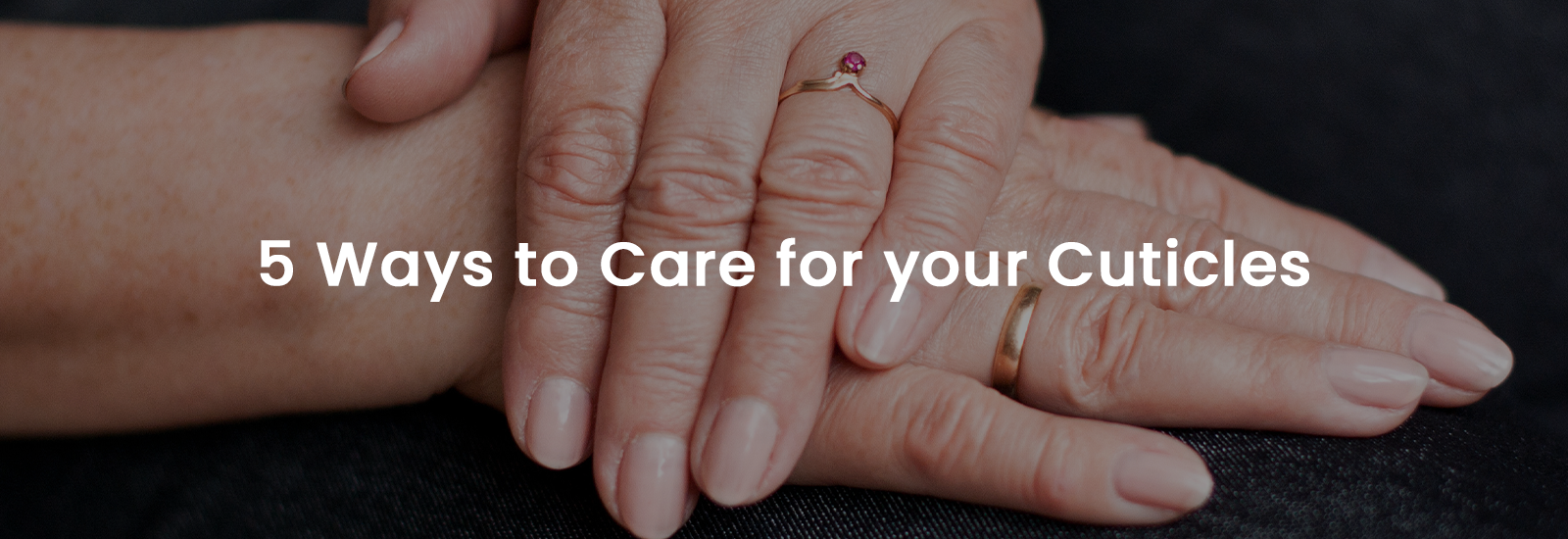
A bothersome and painful condition that affects many individuals – ingrown toenails occur when the edge or corner of a toenail grows into the surrounding skin instead of over it. Left untreated can lead to discomfort, redness, swelling, and even infection.
The primary cause of ingrown toenails is improper toenail trimming. Cutting the nails too short or rounding the edges can encourage the nail to grow into the skin. Wearing tight shoes, especially those with a pointed toe, add pressure, or cause injuries and contribute to developing ingrown toenails.
Prevention and timely treatment are crucial to avoid complications associated with ingrown toenails. If left untreated, the condition can lead to infection and abscess formation and even require surgical intervention. This blog post will share effective preventive measures and various treatment options for ingrown toenails. These recommendations can help seniors maintain healthy feet and reduce the risk of developing this uncomfortable condition. Remember, it is always advisable to consult with a primary care physician for a proper diagnosis and personalized treatment plan.
Preventive Measures
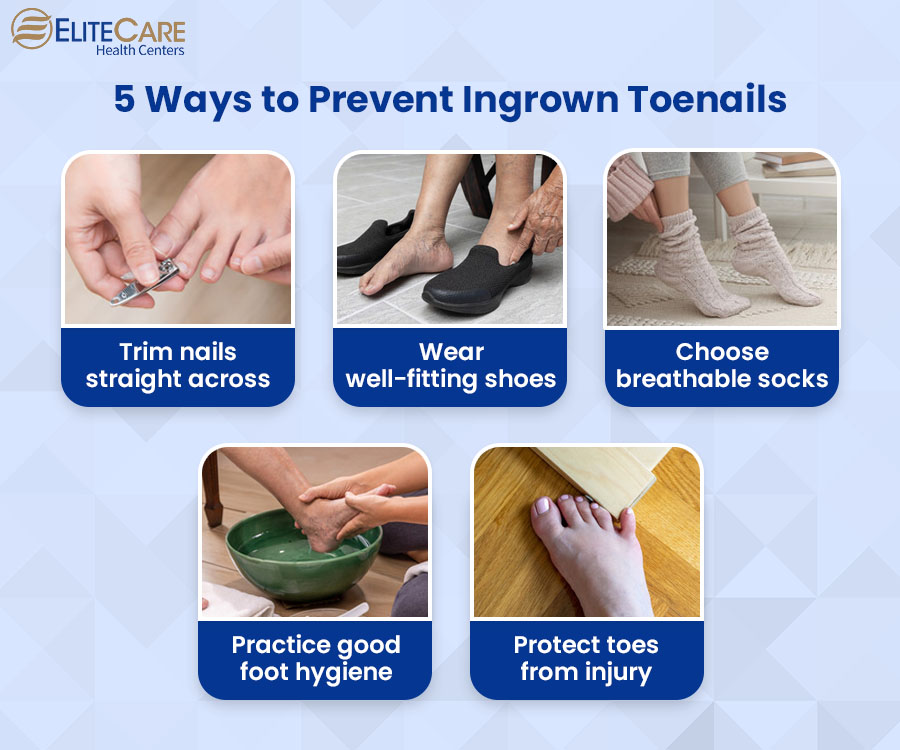
1. Trim Toenails Properly
One of the fundamental steps in preventing ingrown toenails is ensuring proper toenail trimming practices. Here’s a guide on the correct technique and tools to use:
- Start with clean feet: Before trimming toenails, soak the feet in warm water for 10-15 minutes to soften the nails and make them easier to cut.
- Use proper tools: Use a pair of clean and sterilized, sharp, straight-edge toenail clippers or scissors designed explicitly for toenails. Avoid using dull or curved-edge tools that crush the nails or cause uneven cuts.
- Cut straight across: Toenails should be trimmed straight across the top. Avoid shaping the corners into a curve or rounding them off. Cutting straight helps the nails grow over the skin rather than into it.
- Leave the cuticles alone: Do not cut or trim the cuticles, as this can cause infection and inflammation. Instead, use a cuticle stick to gently push back the cuticles with care.
- Leave some length: Do not cut nails too short. Leave a small portion of the white edge of the nail to ensure that the nail doesn’t grow too close to the skin.
2. Choose Appropriate Footwear
Footwear choices play a crucial role in preventing ingrown toenails in seniors. Wearing well-fitting shoes that provide adequate space to the toe area is essential for maintaining foot health. Here are some recommendations to consider:
- Choose shoes with a wide toe box: Shoes with a broader toe box allow ample room for the toes to move freely without being compressed. This helps prevent pressure and friction on the toenails, reducing the risk of ingrowth.
- Avoid high heels and tight footwear: High heels and tight-fitting shoes can exert excessive pressure on the toes, leading to nail deformities and an increased likelihood of ingrown toenails. Choose shoes with low or moderate heels and avoid styles that squeeze or pinch the toes.
- Opt for well-fitted shoes: Always try them on when purchasing shoes and walk around to assess their fit and comfort. It’s best to do this in the afternoon or evening when the feet may be slightly more swollen, giving a better indication of how the shoes will feel during periods of maximum foot swelling. Remember to wear the type of socks or inserts one would generally use to ensure an accurate fit.
If seniors have difficulty finding suitable footwear or need guidance in selecting the right shoes, they can consider an online doctor consultation or consult a podiatrist. These professionals can provide advice tailored to seniors’ specific foot conditions and help them make informed choices for optimal foot health.
3. Select Suitable Socks
Choosing the right socks can promote proper airflow and decreases the risk of fungal infections and discomfort. Here are some recommendations for sock selection:
- Wear breathable materials: Wearing socks made of breathable materials such as cotton or moisture-wicking fabrics allows air circulation and helps keep the feet dry, reducing the likelihood of excessive moisture that can contribute to ingrown toenails.
- Avoid tight-fitting socks: Ensure that the socks fit properly and are the right size for the feet. Socks that are too tight or too loose can lead to discomfort and affect the health of the nails.
- Consider cushioned socks: If seniors experience foot pain or discomfort, consider wearing socks with extra cushioning in the sole. This can provide additional support and reduce pressure on the toenails.
Every individual should regularly check and replace socks that have become worn out or have lost their elasticity.
4. Maintain Good Foot Hygiene
Proper foot hygiene is vital in preventing ingrown toenails. Here are some essential practices to incorporate into your foot care routine:
- Wash and dry feet regularly: Wash feet daily with warm water and mild soap. Gently clean between the toes and dry them thoroughly, paying attention to the areas around the nails. Moisture left between the toes can create an ideal environment for fungal infections and ingrown toenails.
- Moisturize the feet: After washing, apply a gentle moisturizer to keep the skin on the feet hydrated. Dry, cracked skin around the toes increases the risk of ingrown toenails, so moisturize the area. However, avoid excessive use of moisturizer between the toes.
- Proper cuticle care: Avoid cutting or trimming cuticles to protect nails from infection.
- Prevent excessive moisture: Prolonged exposure to damp conditions can soften the skin, making it more susceptible to injury and infection ingrown toenails. If the feet tend to sweat excessively, consider using foot powders or antiperspirants to help keep them dry.
Seniors can consult a healthcare professional or seek an online doctor consultation for personalized advice and guidance on foot hygiene, including cuticle care.
5. Avoid Trauma to Toenails
Recommendations to consider are as follows:
- Protect toes from injury: Wear protective footwear when engaging in activities that may pose a risk of a toe injury, such as hiking, gardening, or participating in sports. Wear steel-toe boots or appropriate safety footwear for toe protection.
- Guard against repetitive activities: Be mindful of repetitive activities that can damage or put continuous pressure on toenails, such as running or participating in high-impact sports. Seniors should be aware of these activities and try to go barefoot for an hour or two afterward.
- Be mindful of foot placement: Pay attention to how feet are positioned during exercises or activities. It is essential to avoid placing excessive pressure or stress on the toenails, especially when engaging in movements involving pivoting or sudden directional changes.
- Seek professional assistance: If seniors experience a toe injury or suspect any damage to the toenail, seeking prompt medical attention is essential. Visit our medical clinic; our physicians can help assess the extent of the injury and determine the appropriate treatment required.
5 Ways to Treat Ingrown Toenails
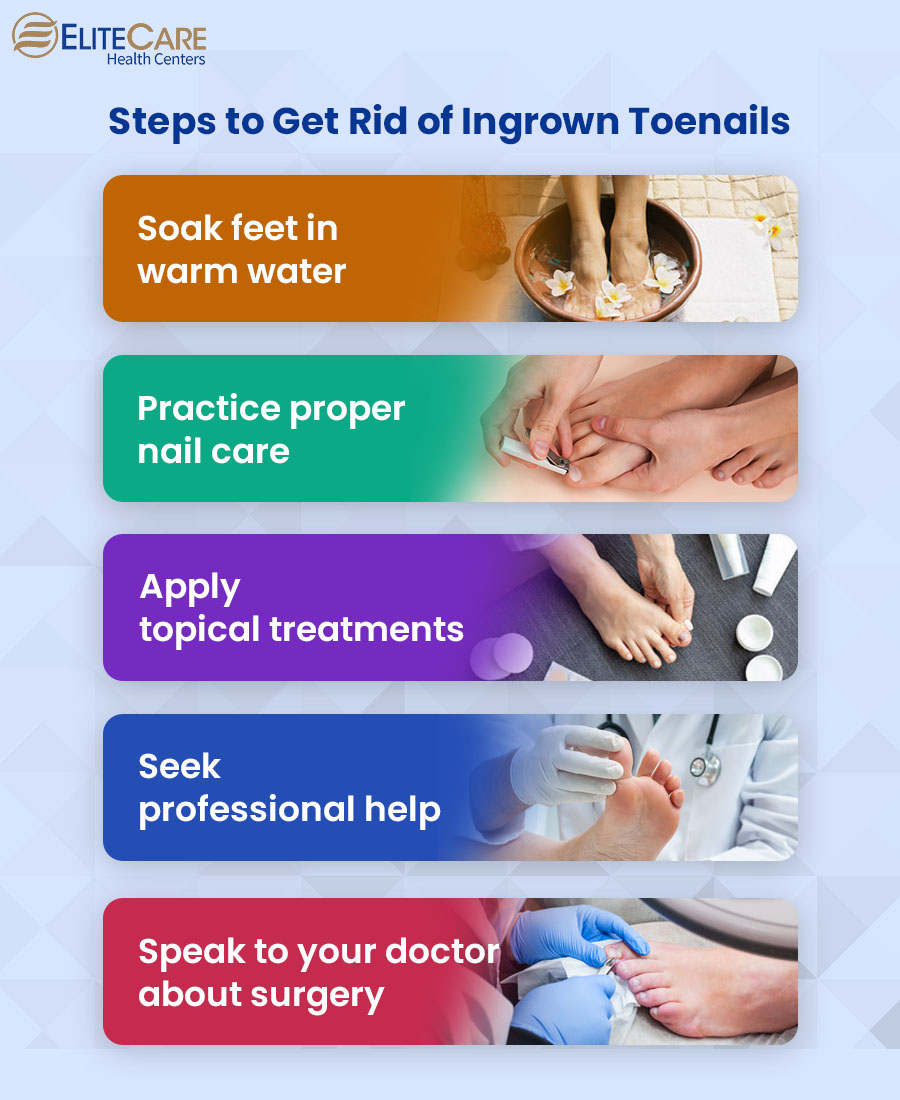
Treating ingrown toenails involves various methods, depending on the severity of the condition. Here are some common ways to treat ingrown toenails:
1. Soaking the feet
Soaking the affected foot in warm water for 15-20 minutes a few times a day can help reduce pain and swelling associated with ingrown toenails. Adding Epsom salt or a mild antiseptic solution to the foot soak can provide additional relief and help prevent infection.
2. Proper nail trimming
Soaking feet in warm water softens the nails and the surrounding skin. If the ingrown toenail is not severe, gently lift the edge of the ingrown nail and place a small piece of cotton or dental floss underneath. This can help the nail grow properly. This technique should only be cautiously attempted if there is no sign of infection or severe pain.
3. Applying topical treatments
Over-the-counter antiseptic creams or ointments can be applied to the affected area to prevent infection and promote healing. These topical treatments may contain ingredients such as antibiotics or soothing agents. Apply the topical treatment as directed on the pack or as recommended by a healthcare professional.
4. Taking antibiotics
If an infection is present, a primary care physician may prescribe oral or topical antibiotics to treat and prevent it from spreading.
5. Surgical procedures
In severe or recurrent cases, a healthcare professional or podiatrist may perform a surgical procedure to treat the ingrown toenail. This can involve partial or complete removal of the ingrown portion of the nail or the entire nail itself. These procedures are typically performed under local anesthesia.
It is important to note that self-treatment of severe or infected ingrown toenails is not recommended. Seeking professional help from a healthcare professional or podiatrist is advisable to ensure a proper diagnosis and appropriate treatment and to prevent complications.
To Sum Up
Ingrown toenails are a common issue. Don’t delay seeking treatment when symptoms arise. According to a study, 20 out of 100 people who see their family doctor because of foot problems have an ingrown toenail. Early intervention and proactive measures can significantly reduce the risk of complications. Promoting foot health and seeking assistance from EliteCare’s senior care services can help seniors maintain comfortable and active lives by preventing and managing the challenges of ingrown toenails.
